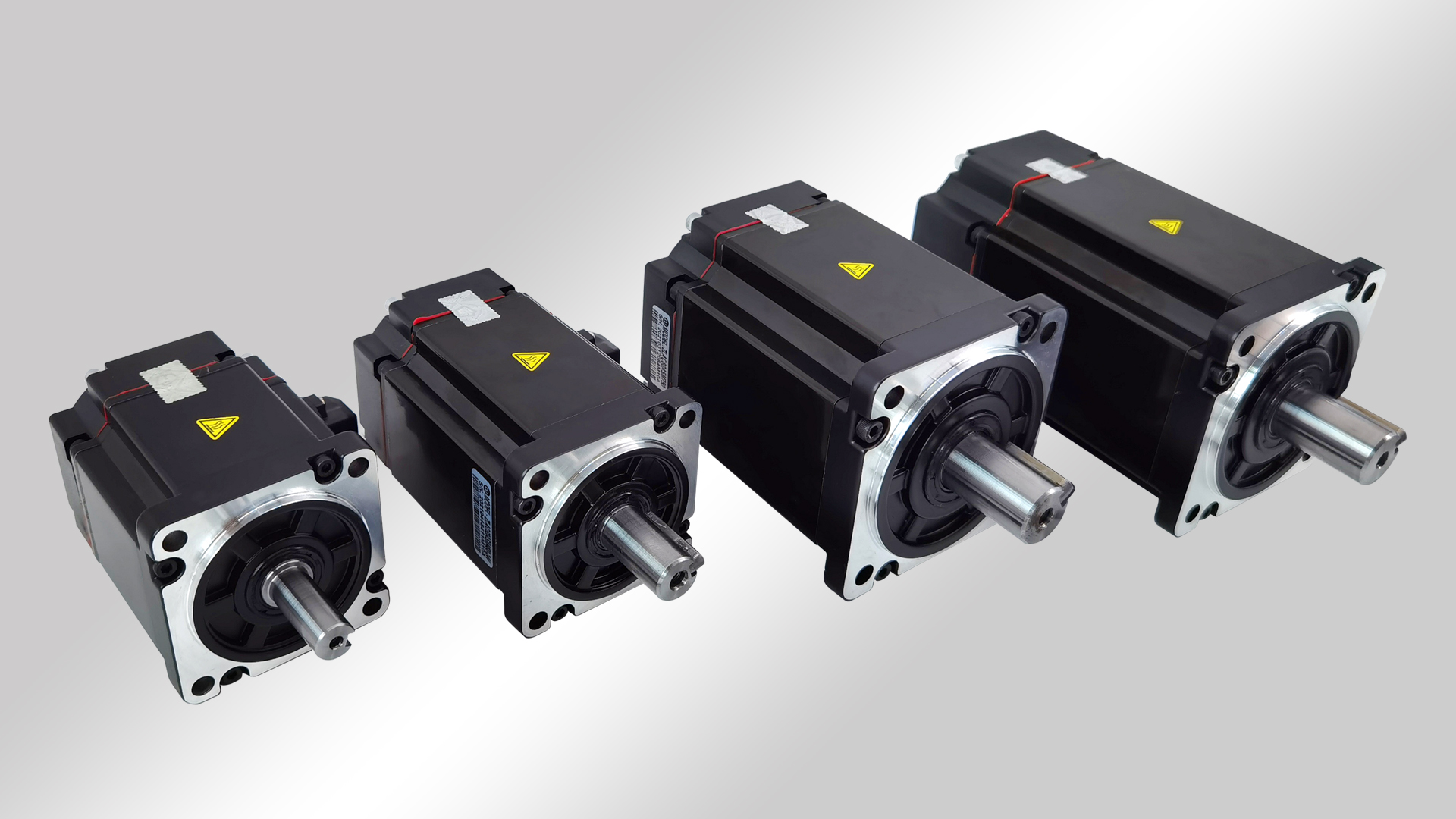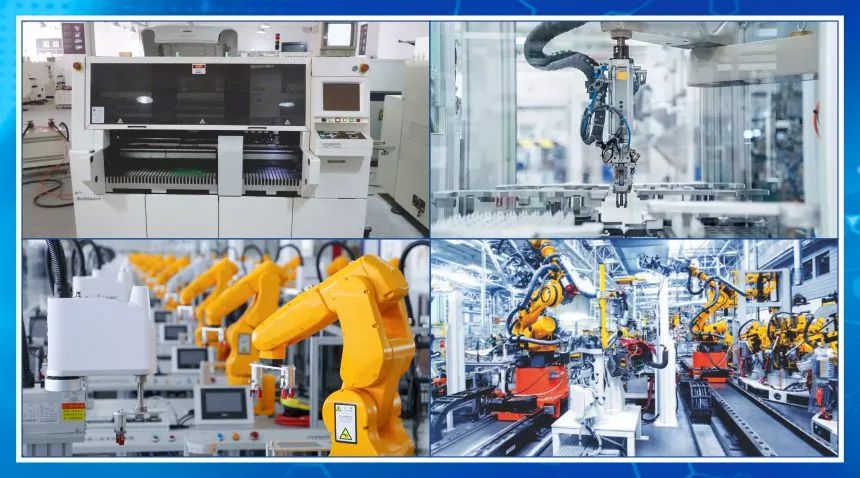Servo motor encoder is installed on the servo motor to measure the magnetic pole position and servo motor Angle and speed of a sensor, from the physical medium to different points, servo motor encoder can be divided into photoelectric encoder and magnetoelectric encoder, in addition, the rotary transformer is also a special servo encoder, the market is basically used photoelectric encoder, However, as a rising star, magnetoelectric encoders have reliable, cheap, anti-pollution and other characteristics, and have the trend of catching up with photoelectric encoders.
There are many types of encoders, the most commonly used are absolute encoders, incremental encoders and rotary transformers, as well as some higher communication encoders. For the servo motor, in order to obtain very high performance and accuracy, the resolution of the encoder must be improved, the commonly used servo encoder 2000-2500 lines (pulse number/revolution), but the higher the number of lines, the more expensive the encoder price, so we must understand the requirements of the control system to choose the most suitable encoder. For incremental encoders, the most commonly used, but the biggest problem is: the power off position is lost, so to maintain the power off position, you can use absolute encoders; If the mechanical vibration is large, the photoelectric encoder is not suitable, which is the need to use a rotary transformer or magnetic encoder. The servo drive and the encoder are the two necessary components of the servo system. The servo drive control part obtains the rotor speed, rotor position and mechanical position by reading the encoder, which can complete the speed control of the servo motor, the torque control of the servo motor, the synchronous tracking of the mechanical position (multiple transmission points), and the fixed stop.
Optical encoders have always been a popular choice in the motion control application market. It consists of an LED light source (usually an infrared light source) and a photodetector, which are located on either side of the encoder disk. The code tray is made of plastic or glass with a series of light – and light-tight lines or grooves arranged at intervals. When the code rotates, the LED optical path is blocked by lines or slots arranged at intervals on the code disk, resulting in two typical square wave A and B orthogonal pulses, which can be used to determine the rotation and speed of the axis. Optical encoders work by rotating code discs and optical transceivers. They’re very close, but they can’t touch. However, when the gap between the vibration and the structure becomes larger, the code disk will collide with the optical transceiver. When the moving parts of the optical encoder collide with each other, their positions change, resulting in reduced accuracy. The optical encoder must be produced in a dust-free environment, and any dust falling on the code disc will disable the optical encoder. Through a strict seal, the optical encoder is usually sealed at the bearing, housing and wiring. But the seal is very susceptible to temperature. Due to the heating of the environment and the encoder itself, the air and water vapor inside the encoder are discharged when the temperature is high, and the outside air and water vapor are inhaled when the temperature is low. The condensation of these vapors on the code disc directly leads to the failure of the optical encoder.
Magnetic encoders are similar in structure to optical encoders, but they use magnetic fields instead of light beams. Magnetic encoders use a magnetic code disc instead of a slotted photocode disc with spaced poles on the magnetic disc and rotating on an array of Hall effect sensors or magnetoresistive sensors. Any rotation of the code disk causes these sensors to respond, and the resulting signal is transmitted to the signal conditioning front end circuit to determine the position of the shaft. Compared to optical encoders, magnetic encoders have the advantage of being more durable, vibration and shock resistant. Moreover, in the case of contaminants such as dust, dirt and oil stains, the performance of optical encoders is greatly compromised, while magnetic encoders are not affected, making them ideal for harsh environment applications. However, the electromagnetic interference generated by the motor (especially the stepper motor) will have a great impact on the magnetic encoder, and the temperature change will also cause its position to drift. In addition, the resolution and accuracy of magnetic encoders are relatively low. In addition, the magnetic encoder has a slow response speed and is not competent for the position feedback of high-speed moving loads. Magnetic encoders are therefore suitable for the following applications: Point-to-point reciprocating positioning with low positioning accuracy, such as material handling, material sorting, positioning control of large equipment, general robot positioning, and continuous operation with low speed fluctuation requirements, such as AGV wheels, conveyor belt transmission, variable frequency motor feedback, one-way high-speed operation, etc. Examples include motorized spindles, motion control scenarios with relatively small load inertia, feedback from stepper motors and brushless motors.
Shenzhen Zhongling Technology Co., Ltd. has been focusing on the manufacturing and research and development of encoder servo motors for many years, and is in a leading position in the industry. Its products are exported to major robot companies at home and abroad, and have been accompanied by customers’ products all over the world. Under the development of Zhongling’s professional and experienced R&D team, various incremental and absolute encoder wheel servo motors developed and produced are widely accepted by customers.
Post time: Mar-20-2024


